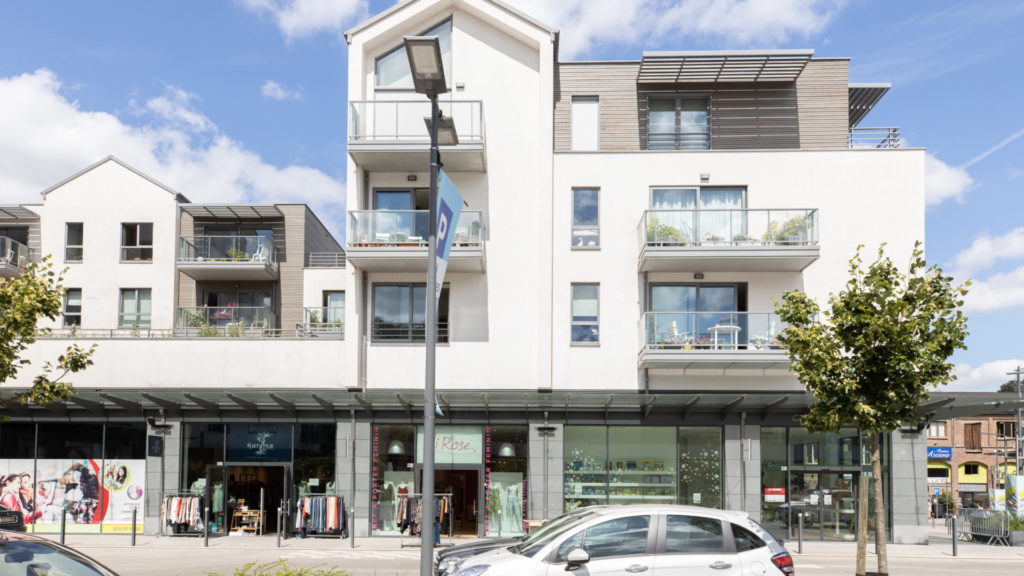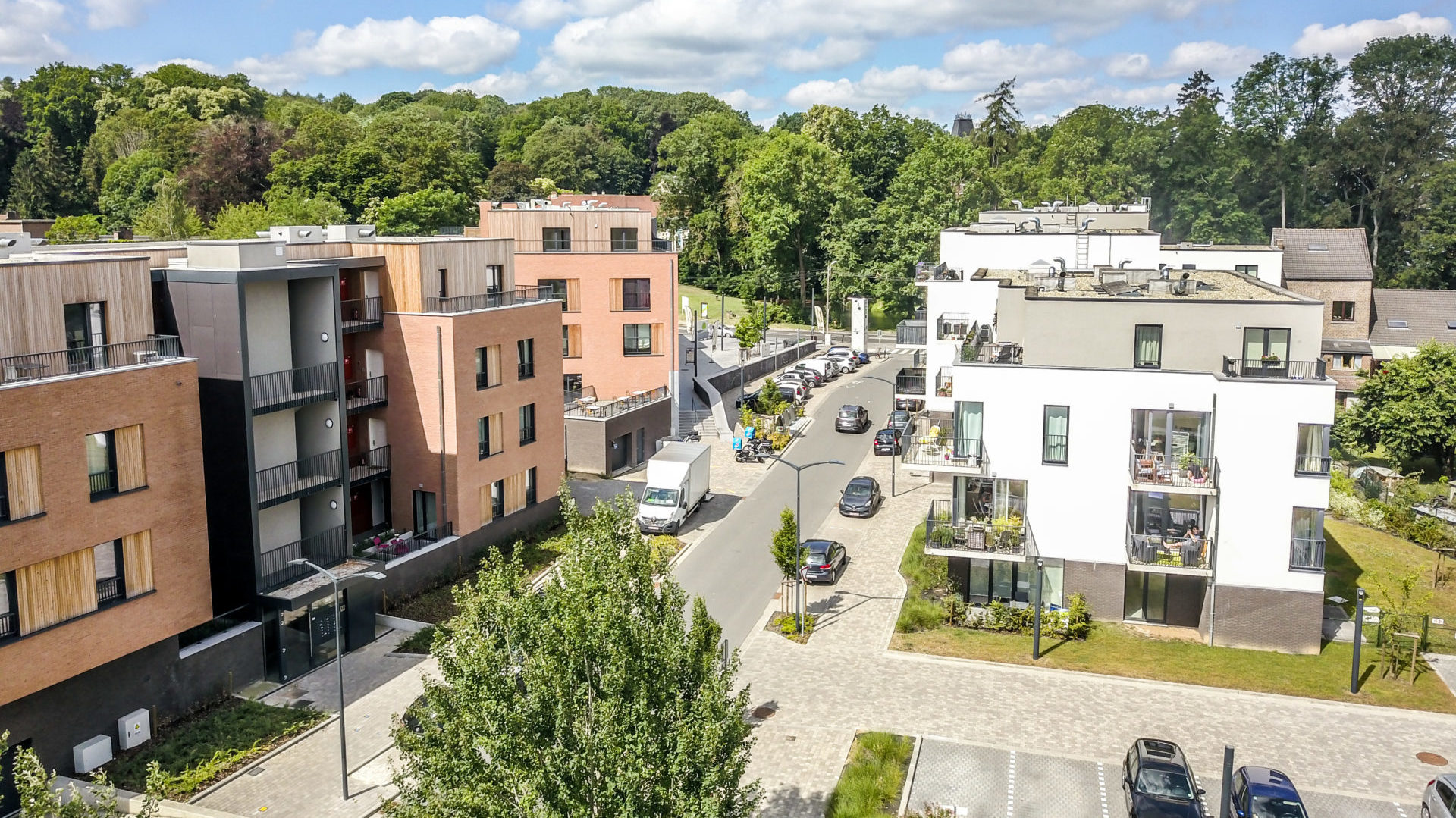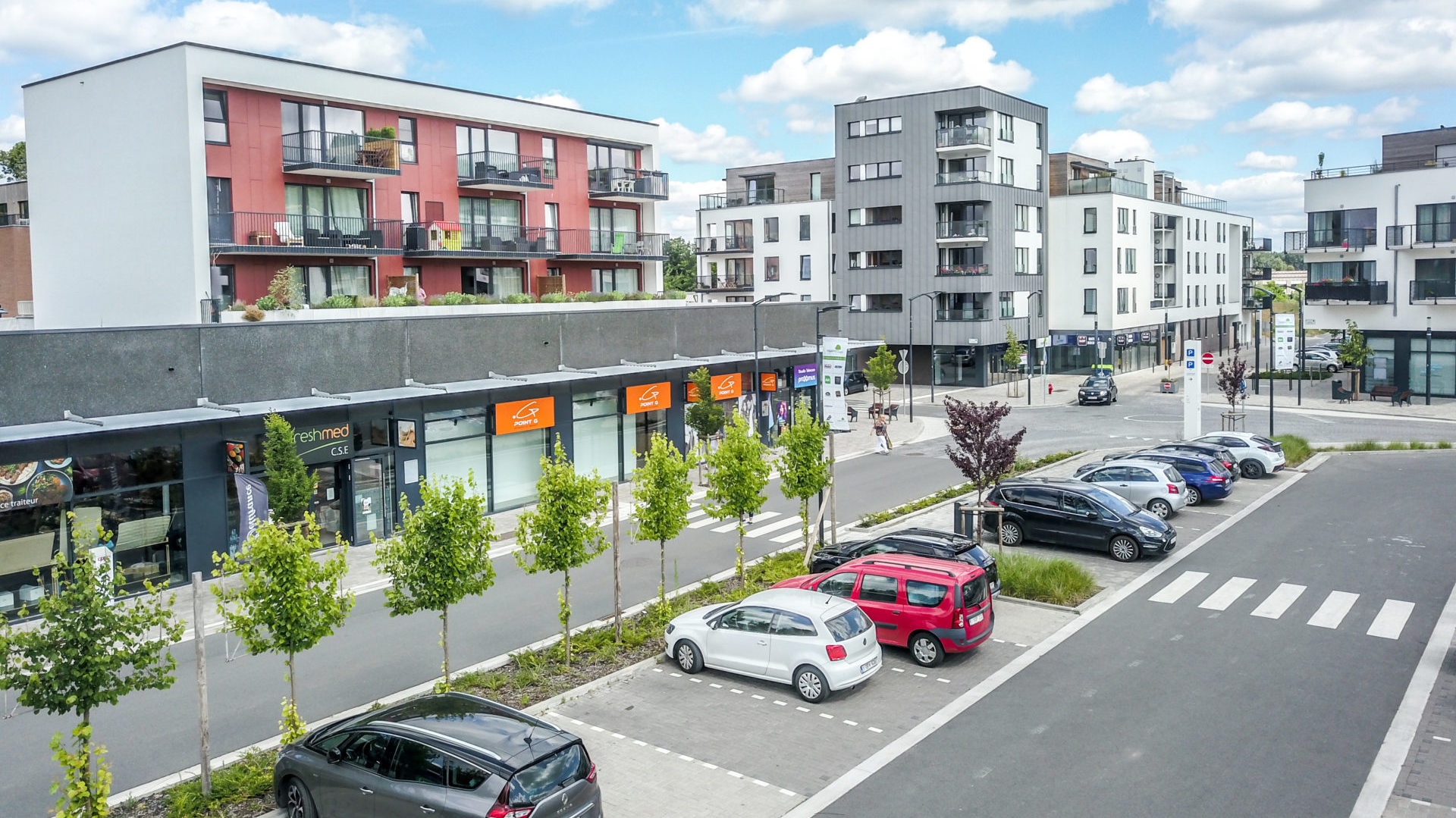
The experience of the last few decades and the health crisis have demonstrated the problems and limitations of single-function neighborhoods. This is one of the reasons why mixed use is increasingly favored when it comes to (re)developing areas. The concept is already well established at the scale of certain neighborhoods, and is now being applied within the homes themselves.
Increased travel and traffic jams, safety problems, wasted time, inefficient use of space… Single-use neighborhoods are, in spite of themselves, the source of problems that harm the quality of life, the environment and even the economy. This observation is not recent, but the obsolescence of single-use districts has been further accentuated by the health crisis, during which entire office and retail areas, for example, became empty or seldom used for months on end.
For Laurent Tirot, CEO of Equilis France, there is no longer any reason to develop single-purpose neighborhoods:
“Nowadays, when a person or a family is looking for a place to live, one of their criteria is to have services such as health, culture, education, etc. nearby.. This is all the more important for the elderly, or if we want to limit the use of the car.”

Mix of functions and housing
Aware of these needs, some developers, such as Equilis, have begun to create neighborhoods that incorporate a mix of functions. For example, they are combining residential and commercial uses, as in the Papeteries de Genval and Court Village in Belgium, or housing and offices, as in La Canopée in Sophia Antipolis, France.
“The latter area is primarily a technology park, but by adding residential space, we can help workers avoid commuting,” says Laurent Tirot.
In addition to their various functions, these projects also apply the principle of mixed-use residential development. In addition to social housing, which is mandatory in some countries, there is housing in the same neighborhood or building designed for first-time buyers, others for investors who will then support the rental market, etc.
“This mix of residential paths is essential, particularly in terms of access to housing,” continues Laurent Tirot.

Spaces that create links
In short, mixed-use is a concept that meets several needs and can be applied in many areas. Laurent Tirot notes, for example, that today it can be applied to the scale of a residence:
“With Covid-19 and the multiplication of online services, housing is no longer just a place where you live but also where you work, where you make and have your purchases delivered, etc.”
One could imagine that digital technology would gradually replace mixed-use neighborhoods, but according to the CEO of Equilis France, this hypothesis is unlikely:
“As we have already observed, certain services and physical experiences are still necessary, and happy cities are those where there is life and encounters above all. So our job as developers is no longer just to build spaces and properties, but also to create this experience of connection within our real estate projects.”
This linkage-based economy is perfectly evident today in mixed-use neighborhoods, where the various functions enrich each other, enliven the space and enable residents and users alike to make these places their own, to feel good about them.
